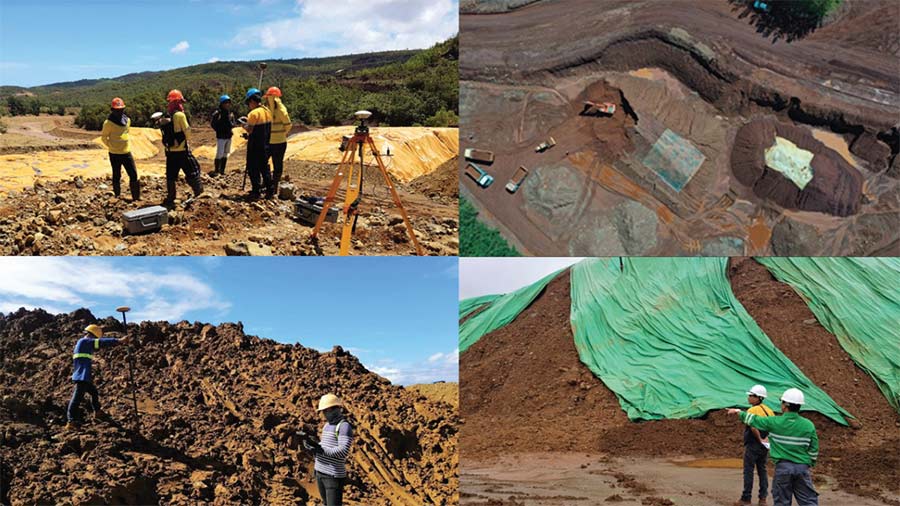‘All Filipinos have the right to access the public health care system. Government health services, however, are largely underfunded, ill-equipped and short of manpower.’
The Philippines passed a landmark legislation in 2019 — the Universal Health Care (UHC) Law that provides for reforms in the development of its health workforce as an essential building block of a relevant health care system.
The World Health Organization defines UHC as quality health services that meet the needs of all citizens without exposure to financial hardships.
The DOH is mandated by the UHC law to develop the National Human Resources for Health Master Plan to strengthen the delivery of primary care, accelerate UHC, and shape the future of the healthcare system.
The UHC law seeks to reform the health care system through the provision of accessible and comprehensive health coverage for all across the spectrum of health promotion, disease prevention, curative, rehabilitative, and palliative health services. The aim is for health care to be cost-effective without increasing the financial burden, especially for vulnerable populations.
The DOH, the World Bank, and the Philippine Health Insurance Corporation estimate that P408.6 billion is needed to expand UHC. That’s 3.6 percent of the Gross Domestic Product.
To streamline financing, the UHC Law seeks to optimize personnel costs while providing quality and equitable health care.
Providing health care in the Philippines is a daunting challenge. The country was projected to have a population of 115 million by the end of December 2023, from 109 million in 2020, according to the Philippine Statistics Authority.
To serve this humanity, there were 854,253 licensed health professionals in the Philippines as of April 2020.
The health worker deï¬cits is at least 60,000 doctors, 121,000 nurses, and 109,000 midwives, according to a Philippines health system review published by the WHO’s Regional Office for Southeast Asia.
The doctor-to-population ratio in the Philippines is well below the WHO benchmark of 1.15:1,000 which is essential to achieve the UN’s Sustainable Development Goals.
The WHO recommends a threshold of 44.5 skilled health workers (physicians, nurses, and midwives) per 10,000 as the minimum health workforce density to achieve UHC and the Sustainable Development Goals.
All Filipinos have the right to access the public health care system. Government health services, however, are largely underfunded, ill-equipped and short of manpower.
Currently, Philippine healthcare functions as a two-tiered parallel system of public and private healthcare.
On one hand, the government-run public health system aims to provide free or discounted health care for all citizens. On the other hand, the private system mostly caters to those who are able to pay; thus, they are able to access any level of care if they so desire, and they can even choose to forgo seeing a general practitioner and instead visit a specialist right away.
Mainly because of the number of nursing graduates, there is the illusion that the health workforce in the Philippines is already adequate to achieve UHC and that policy interventions to address health workforce shortages are no longer necessary, observes Balik Scientist Harvy Joy Liwanag of the Institute of Social and Preventive Medicine, University of Bern, Switzerland.
“When analyzed separately by health profession, the density of nurses (52 per 10,000) remained the highest among the health professions despite tapering in recent years. This high density of nurses could have diluted the combined density of skilled health workers, which appeared to have surpassed the threshold for UHC,” Liwanag said.
The density of physicians in the Philippines is lower than the global density of 16.4 as well as the average density of 21 for the Western Pacific Region, Liwanag points out.
In the Philippines, where more than half of the population live in rural and remote areas, the density of doctors situated in primarily urban areas such as in Metro Manila and the Southern Tagalog region are higher compared to some rural and remote provinces in the Visayas and Mindanao. Indeed, many health positions in rural and isolated areas remain vacant.
This inequity of distribution and failure to retain health workers in rural areas reduces the population’s access to much needed health services, resulting in poor health outcomes such as higher infant mortality rates (IMR). In Eastern Visayas, the IMR is 31 per 1,000 live births, while in Western Mindanao it is 32, and 33 in the Autonomous Region of Muslim Mindanao. The figures are higher compared with the national IMR average or 23 per 1,000 live births.
The effects are deeply felt especially where rural areas are particularly inaccessible and difficult to reach.





